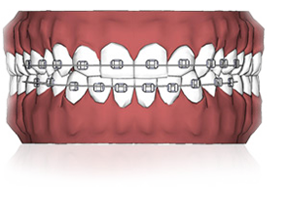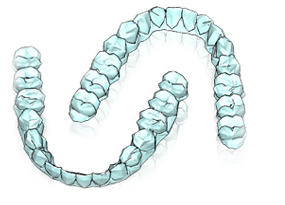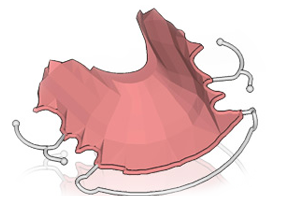Orthodontists draw from a diverse array of "appliances" to move teeth and align jaws. Your orthodontist will analyze your mouth and jaws, formulate a treatment plan, set goals and recommend the best way for you to achieve those goals. The recommendation will include the type of appliance needed to reach the desired result; how to care for your appliance, teeth and gums; and how often to visit your family dentist for check-ups and professional cleanings.
Below are a few of the kinds of appliances commonly used.



